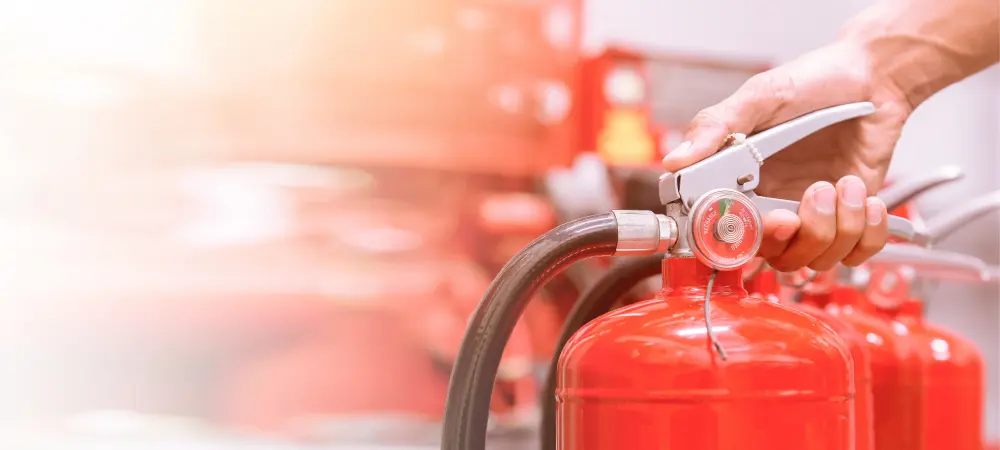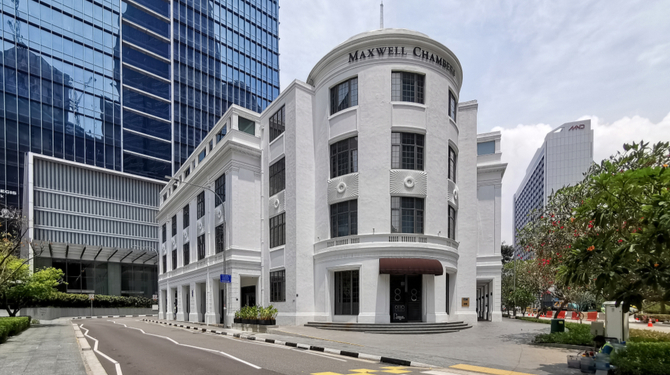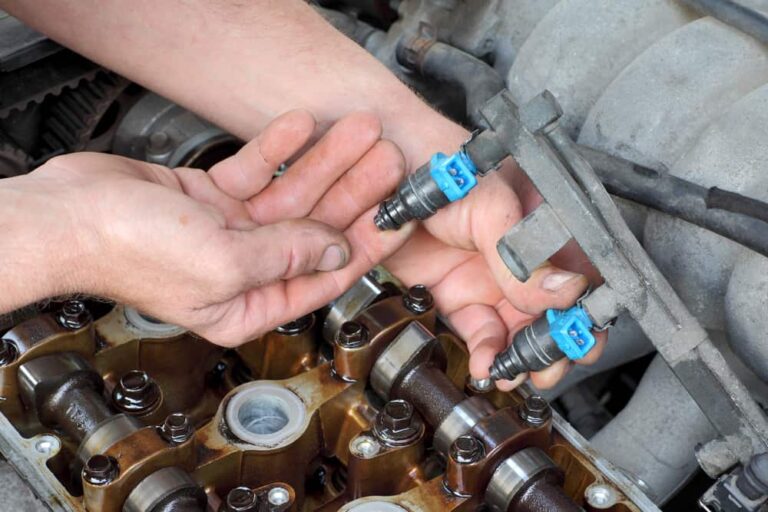Environmental Guidelines for CO2 Cylinder Refills in Clearwater
Carbon dioxide (CO2) cylinders are used extensively across industries and households in Clearwater—from fire safety and beverage services to aquariums and industrial tools. With their widespread use comes a responsibility to ensure that refilling and handling these cylinders are done in an environmentally conscious manner. Adhering to environmental guidelines not only protects local ecosystems and air quality but also helps maintain compliance with federal, state, and municipal regulations.
Businesses and individuals who prioritize environmental safety often turn to professional CO2 Refill Clearwater services. These services not only handle cylinder refills with safety and precision but also follow industry best practices that reduce the environmental impact of handling and storing pressurized gases.
Why Environmental Considerations Matter
CO2, while not toxic in low concentrations, is a greenhouse gas that contributes to climate change when released into the atmosphere in large amounts. Improper handling during refilling, storage, or disposal can result in leaks and unnecessary emissions. Moreover, the steel and aluminum cylinders that house CO2 must be inspected and maintained to prevent corrosion or structural damage that could lead to accidents or environmental hazards.
Ensuring that refill practices are sustainable helps protect both human health and the local environment. This is especially important in Clearwater, where clean air and water are critical to maintaining the area’s ecological balance and quality of life.
Safe Refill Practices That Support Environmental Health
1. Use Certified Refill Stations
Only certified refill providers should be used for CO2 refilling. These facilities follow industry-specific safety and environmental protocols that prevent overfilling, accidental discharges, and emissions. They are equipped with specialized equipment designed to safely handle high-pressure gas, ensuring minimal waste and efficient transfer.
Certified refill stations:
- Employ leak-detection systems
- Follow EPA guidelines for emissions
- Properly label and track cylinders
- Dispose of or recycle expired units responsibly
2. Preventing Gas Leaks and Emissions
Even minor leaks from valves or seals can lead to the slow release of CO2 into the atmosphere. When CO2 cylinders are refilled or stored incorrectly, the environmental impact adds up over time. Regular maintenance is essential to prevent leaks, and refill stations must inspect each cylinder for signs of wear or damage before refilling.
To prevent leaks:
- Check cylinders for corrosion and pitting
- Ensure valves and O-rings are in good condition
- Use compatible regulators and connectors
- Never leave filled cylinders in direct sunlight or extreme heat
3. Proper Storage and Transport
Environmental safety extends beyond the refill itself. CO2 cylinders must be stored upright, secured, and kept in cool, dry, and well-ventilated areas. Improper storage increases the risk of pressure build-up and valve failure, which can lead to hazardous releases. During transport, cylinders must be handled carefully to prevent tipping or impact damage.
Transport guidelines include:
- Using cylinder caps and protective covers
- Securing tanks during vehicle movement
- Avoiding unnecessary exposure to outdoor temperatures
- Following DOT and OSHA transport regulations
4. Recycling and Disposal of Expired Cylinders
When a CO2 cylinder reaches the end of its usable life—often determined by a hydrostatic test date—it should not be discarded casually. Cylinders should be recycled through authorized metal recycling centers or returned to refill stations that offer end-of-life disposal services. Proper disposal prevents hazardous leaks and ensures the cylinder material is reused in an environmentally responsible way.
5. Educate Users on Environmental Responsibility
Whether you operate a commercial kitchen, manage a fire protection system, or simply use CO2 for a home hobby, it’s important to educate users about the environmental impact of CO2 cylinders. Encourage staff or household members to report leaks, understand refill schedules, and follow safe storage practices. Promoting awareness helps reduce emissions and waste.
Local and Federal Regulations to Know
Several agencies govern CO2 refill and handling practices, including:
- EPA (Environmental Protection Agency): Regulates greenhouse gas emissions and sets national air quality standards.
- OSHA (Occupational Safety and Health Administration): Provides guidelines for safe handling and storage of pressurized gas.
- DOT (Department of Transportation): Sets requirements for labeling and transporting compressed gas cylinders.
- Florida Department of Environmental Protection: Oversees state-level environmental health and safety laws.
Compliance with these regulations ensures that refill operations do not negatively affect air quality or pose risks to workers and the community.
Conclusion
CO2 cylinder refilling in Clearwater must be approached with a commitment to environmental responsibility. By working with certified professionals, ensuring proper storage and transportation, and adhering to disposal and emission control guidelines, both businesses and homeowners can significantly reduce their environmental footprint. Sustainable refill practices not only contribute to safer operations but also support a cleaner, healthier Clearwater for generations to come.





